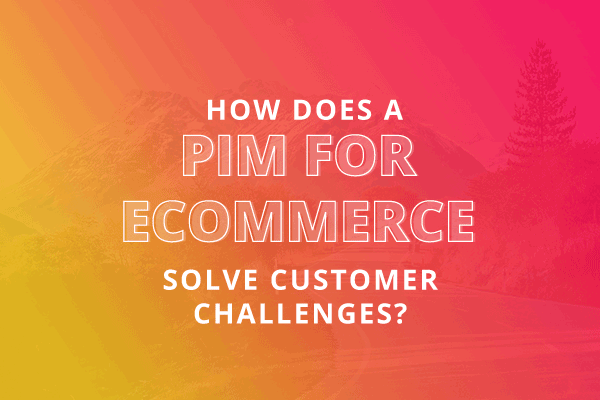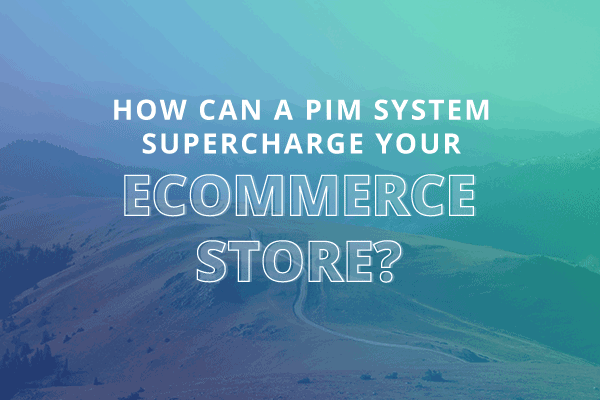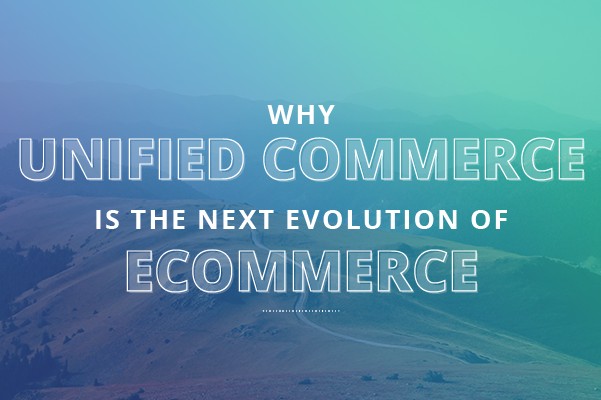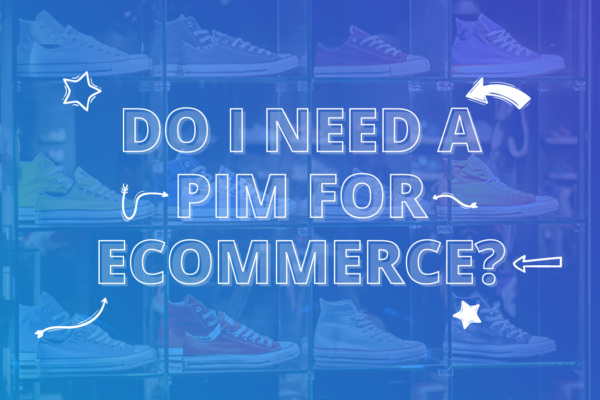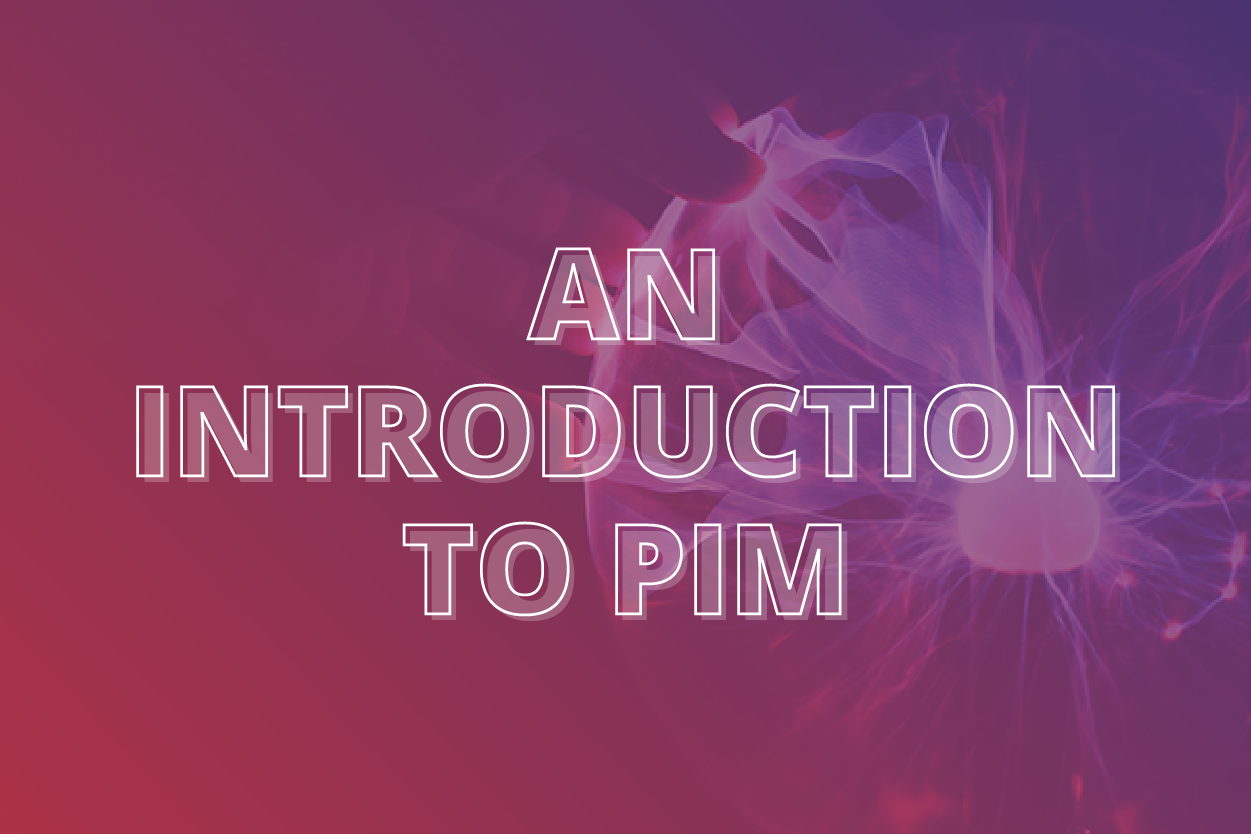Seafolly turned to Comestri to accelerate global growth with an advanced ecommerce ecosystem, integrating their existing PIM with Shopify and other ecommerce tools.
Learn how Comestri’s PIM + OMS brought Lorna Jane’s products and orders together for the first time, realising their ecommerce vision to ‘never miss a sale’. The shift empowers a sell-to-the-last-item mindset, optimising the inventory to the last unit and giving managers a sense of purpose as true collaborators on the Lorna Jane omnichannel journey.
Structured, enriched product information is critical to help convert browsers into sales, reduce returns from purchasing the wrong product and deliver an exceptional customer experience.
By adopting a PIM for eCommerce, retailers and merchants can address some key challenges that their customers may be facing when deciding whether or not to continue with a purchase through an online channel.
When selecting the best PIM for ecommerce, it’s important to select the right PIM for you. A PIM will help you manage ecommerce data.
Looking for the best PIM? The best PIM will help you consolidate, enrich and distribute product data to help you sell more every day.
Is your ecommerce platform currently serving as your PIM? A PIM System, such as Comestri, can supercharge your ecommerce store and take your retail operations to the next level.
Comestri’s Co-Founder and retail expert, Frank Nesci, recently sat down with Inside Retail to discuss why Unified Commerce is the next evolution of Ecommerce, and how data is key to retail success now and into the future.
Comestri advocate and long-term client Jay Munro, Munro Footwear Group CEO sat down with Inside Retail and Comestri’s own Frank Nesci to talk all things dark stores and ship from store functionality.
A PIM opens up endless global sales opportunities. In this post, we look at the pain points you may be experiencing without one!
In this eBook, we explore the top reasons to implement a PIM, the overall benefits and how to select the right PIM for you.





